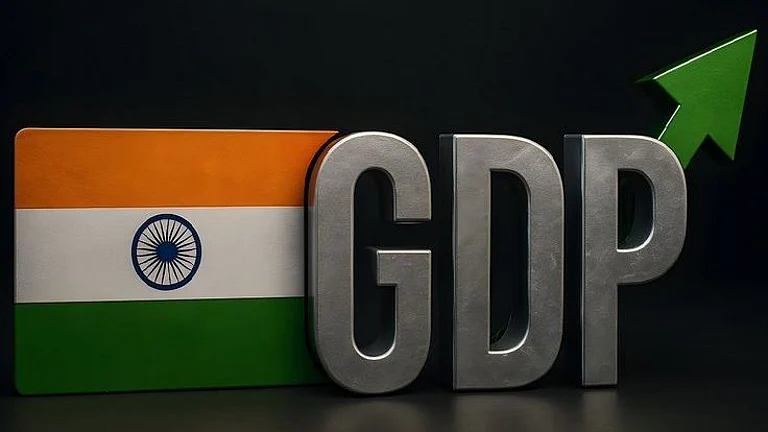Can employee-linked incentive (ELI) schemes help reduce India’s unemployment burden?
The Budget this year has allocated Rs 10,000 crore in ELI schemes, and there is not much of the year left for the schemes to be rolled out and ramped up. If the schemes do well, the annual payout next year could be Rs 20,000–30,000 crore, and that is less than a tenth of 1% of India’s annual GDP [gross domestic product]. While headline targets for these schemes are around 2.5–3 crore jobs over two to four years, it is unlikely that all new jobs will be created due to these schemes.
A business which was not planning to hire would not change its mind because one month out of 12 is paid for [a guarantee of one of the ELI schemes]. But if a firm was looking to hire 12 people it might hire one more. Subsidies in the two other schemes are larger over a two-year period. But given that these are through provident fund contributions, the major push would be on turning informal workers into formal ones. Once a job starts formally, it has higher chances of staying formal.
Many sectors are complaining of a skills gap. What can the government do to address this?
The government has significantly increased budgetary allocation for ITIs [Industrial Training Institutes]. The use of CSR [corporate social responsibility] funds to sponsor internships for 1 crore youth over five years is a creative new idea, even though it might need fine-tuning.
Skill gaps are a symptom of growth and economic diversification. For example, when the ban on sugar imports in 1932 accelerated sugar manufacturing in India, there was a shortage of skilled workers.
In recent decades, firms in the Indian IT [information technology] industry had to upskill large numbers of people to meet growing customer needs.
It is only when employers see the possibility of sustained growth and a reduced regulatory burden that they may have incentive to recruit and train workers.
Can micro-, small- and medium-enterprises (MSMEs) help create jobs and eventually serve as a training ground for large companies?
In most economies including India, MSMEs create the bulk of jobs. All firms start as MSMEs and some grow into larger firms. As a policy objective, it would be inappropriate to think of smaller firms as training grounds. In a thriving ecosystem, there should be a bidirectional flow of talent.
Larger firms have greater ability as well as incentives to invest in activities that pay off over the medium term, like training of skilled manpower.
Perhaps the only way to sustain growth and reform momentum is by helping MSMEs grow by reducing their regulatory burden and helping them access capital.
It is only when employers see the possibility of sustained growth and a reduced regulatory burden that they may have incentive to recruit
What do you think of the Economic Survey’s estimate that India needs to create 8mn jobs a year?
More than 10mn people come of working age in India every year. With a rise in the number of years spent on education on average, the share of youth in college is growing. This reduces the effective number of workers looking for jobs. On the other hand, periodic labour force surveys show a rapid increase in India’s labour force participation rate after 2019, especially for women. There is also consensus that a large share of the workforce in agriculture is facing disguised unemployment.
The survey makes reasonable assumptions to arrive at the 8mn number. If one makes more aggressive assumptions and target participation ratios closer than say in Vietnam, the numbers would be higher. To sustain 7–8% real GDP growth, the 8mn job target seems reasonable. That said, the challenge in India is of under-employment more than unemployment—surveys show most people can find work for a short period but struggle to stay employed through the year.
Do you see the ELS initiatives boost consumption? Consumption numbers have been lagging for a while.
Direct expenditure of less than a tenth of a percentage of GDP is unlikely to have significant macroeconomic impact in the near-term, however strong its multiplier effects. The main message for now is that the government sees this as a major policy priority. Tough problems need an iterative approach—design a scheme, implement it and then gather feedback and amend it suitably. It is possible and perhaps necessary that some of these schemes go through these iterations.
Growth currently is being driven by investments—investment’s share of GDP was falling for the last decade and has been rising since. It is then simple arithmetic that consumption growth is slower than overall GDP growth. That happened during the growth surge of 2003–08. If people are buying houses or upgrading homes, they will have less to spend elsewhere. Additionally, the economy is still more than one year behind its pre-pandemic path implying that there is a slack in the labour market. This hurts labour’s bargaining power and thus consumption growth becomes concentrated at the upper end. This would take some time to change.












